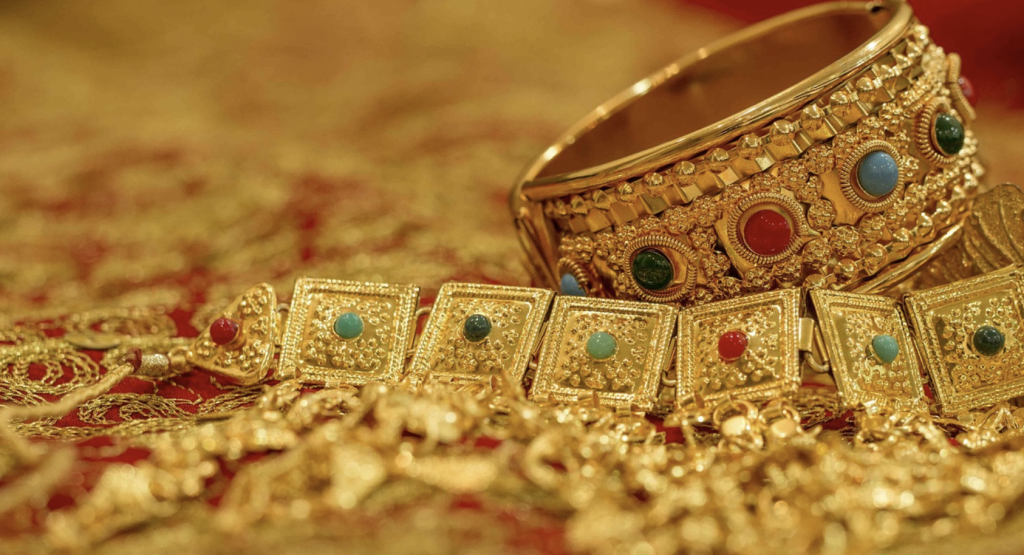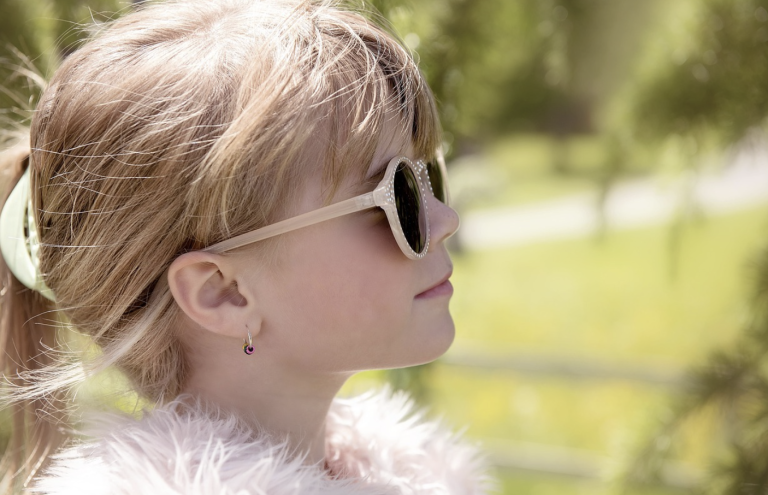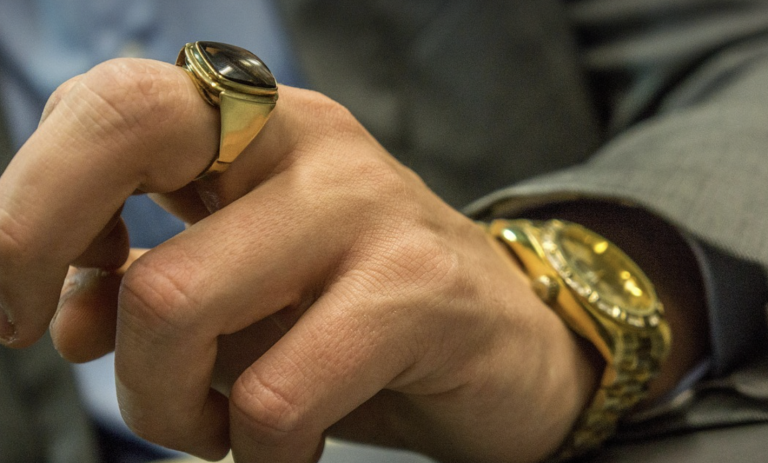
Introduction to Jewelry Stacking
Jewelry stacking is an art form, one that requires finesse and an understanding of balance. It’s the practice of layering different pieces of jewelry, whether rings, bracelets, or necklaces, to create a harmonious and personalized look. What makes stacking jewelry particularly appealing is its versatility — you can mix metals, textures, and styles to create something that is uniquely yours. This is where the secret lies: the skillful combination of metals.
The Art of Mixing Metals
One of the most exciting aspects of modern jewelry fashion is the freedom to mix and match metals. Gone are the days when you were confined to matching gold with gold or silver with silver. The trend of mixing metals — be it gold, silver, rose gold, or platinum — allows you to experiment with different looks, creating layered designs that feel fresh and innovative.
How Different Metals Complement Each Other
So, why mix metals at all? The beauty of mixing metals comes from the contrast between the warm, rich tones of gold and rose gold with the cool, sleek appeal of silver or platinum. These contrasts can create a multi-dimensional effect, giving your stack an overall depth and sophistication. The key is to find harmony, not chaos, by blending metals that complement each other rather than competing for attention.
Understanding Metal Types
Before we dive into the actual process of mixing metals, it’s essential to understand the various metal types used in jewelry. Each metal has its own unique characteristics, including color, texture, and durability, which will affect how it interacts with other metals.
Gold and its Variants
Gold is the most traditional metal in jewelry, revered for its elegance and timeless appeal. It comes in different shades, including yellow, white, and rose gold, each with its own distinct look. Yellow gold has a classic, warm appearance, while white gold offers a more understated elegance. Rose gold, with its pinkish hue, has gained popularity for its modern, romantic vibe.
Silver – A Timeless Classic
Silver is one of the most commonly used metals in jewelry. It’s versatile, affordable, and can be polished to a high shine, making it a great option for layering. Silver pairs well with both warm and cool-toned metals, making it a perfect base for a mixed metal stack.
Rose Gold: A Modern Favorite
Rose gold has a warm, pinkish hue that adds a soft, romantic touch to any stack. This metal’s subtle sophistication works beautifully with both silver and gold, making it a versatile option for creating a harmonious stacked look. The warmth of rose gold contrasts beautifully with the cooler tones of silver and platinum, creating a chic and balanced design.
Platinum – Luxury and Durability
Platinum is the ultimate symbol of luxury. Known for its strength and rarity, platinum doesn’t tarnish, making it an excellent choice for long-lasting pieces. Its silvery-white tone pairs beautifully with gold and silver, providing a sleek, polished finish that complements both metals without overshadowing them.
Techniques for Perfect Stacking
Now that we’ve covered the types of metals, let’s move on to the techniques for mixing and matching them like a pro.
Layering with Purpose
When stacking jewelry, it’s crucial to layer with purpose. Start with a few statement pieces and build up from there, ensuring that each piece complements the others in size, shape, and texture. The key is balance. For example, if you’re stacking bracelets, don’t overcrowd your wrist with too many large, chunky pieces. Instead, mix thinner bands with statement cuffs for a dynamic but balanced look.
Combining Different Textures and Styles
One of the easiest ways to mix metals is by playing with texture. A stack that includes a mix of polished, matte, and textured finishes will add visual interest without overwhelming the eye. For example, pair a sleek, polished gold band with a hammered silver ring for a balanced, visually striking combination.
The Minimalist Approach
If you prefer a more understated look, try a minimalist approach to stacking. This style focuses on subtle, simple pieces that blend seamlessly together. Opt for thin, delicate rings in different metals or a few slim bangles stacked on one wrist. This creates a chic, effortless style that’s perfect for everyday wear.
Bold and Layered
On the other hand, if you’re looking for maximum impact, go bold with your stack. Layer multiple pieces of different metals, textures, and sizes for a striking, fashion-forward look. Combine chunky gold chains with dainty silver rings or add a touch of platinum for extra sparkle. The key here is to not be afraid to experiment and break the traditional rules.
How to Choose Metals for Your Personal Style
When stacking jewelry, it’s important to consider your personal style. Choosing the right metals that reflect your aesthetic will make your stack feel more authentic and tailored to you.
Daily Wear vs. Special Occasions
For everyday wear, you might want to opt for metals that are subtle and durable, such as silver or rose gold. These metals are versatile and can easily be paired with a variety of outfits. For special occasions, however, you can go bolder with platinum or yellow gold pieces that have a higher shine and add a touch of glamour.
Color and Tone Considerations
The color of your metals should complement your skin tone. For warmer skin tones, gold and rose gold are excellent choices, as they enhance the natural warmth of your complexion. For cooler skin tones, silver and platinum are great options, as they add a sleek, cool touch to your overall look.
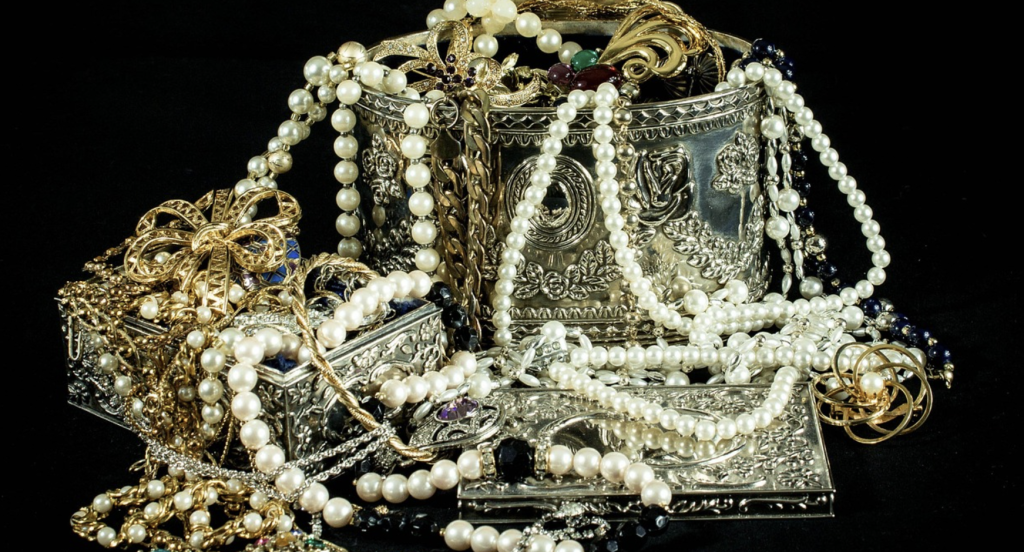
Jewelry Stacking Mistakes to Avoid
While mixing metals is fun and fashionable, there are a few common mistakes to avoid.
Overcrowding Your Stack
It’s easy to get carried away and pile on too many pieces, but less is often more. Avoid overcrowding your wrist or fingers with too many large or similar pieces. The goal is to create a cohesive look, not a cluttered one.
Ignoring the Theme
When stacking, it’s essential to maintain a consistent theme, whether it’s bohemian, minimalist, or classic. Stacking random pieces without considering a theme can result in a jarring, unbalanced appearance.
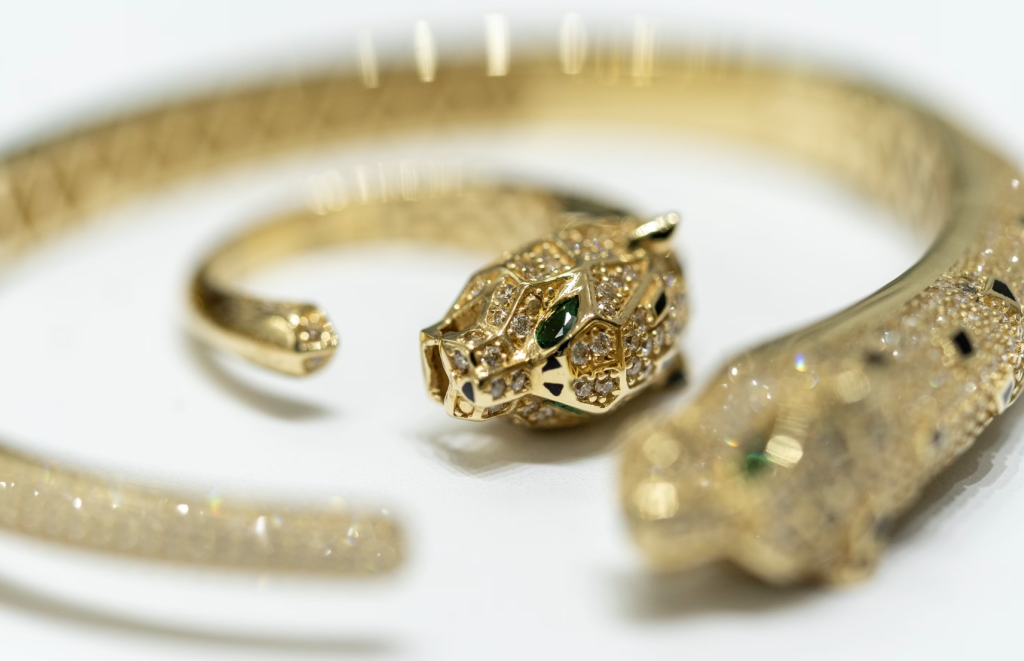
Conclusion
Jewelry stacking is an art that allows for endless creativity. By understanding how different metals complement each other and experimenting with textures, sizes, and finishes, you can create a look that’s uniquely your own. The key is balance and intentionality. Whether you prefer a minimalist approach or a bold, layered stack, mixing metals is an easy way to elevate your jewelry game. So, go ahead and start stacking like a pro!
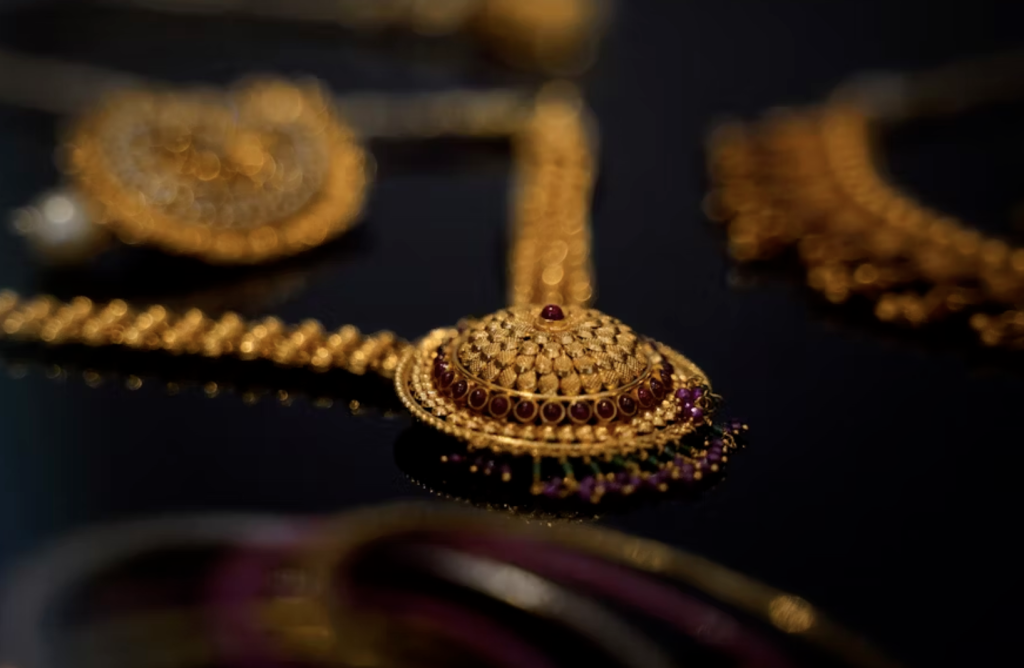
FAQs
1. Can I mix gold and silver in jewelry?
Absolutely! Mixing gold and silver creates a striking contrast that adds depth and interest to your stack. The key is to balance them so they complement each other, rather than competing.
2. How do I choose the right metals for my skin tone?
Warm-toned metals like gold and rose gold work well for warm skin tones, while cooler metals like silver and platinum are ideal for cool skin tones.
3. Is it okay to mix different textures in my jewelry stack?
Yes, mixing textures adds visual interest to your stack. Pairing smooth metals with textured pieces creates a dynamic and balanced look.
